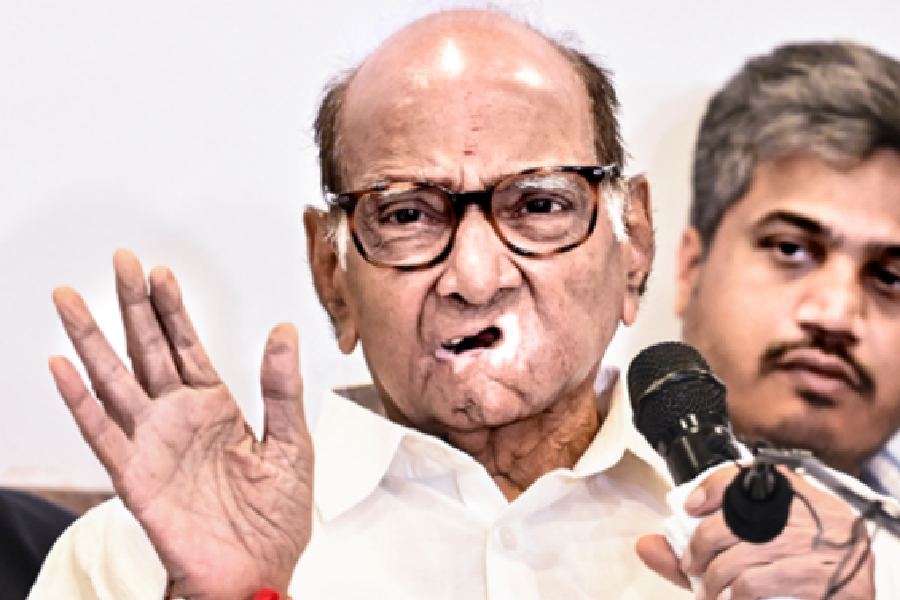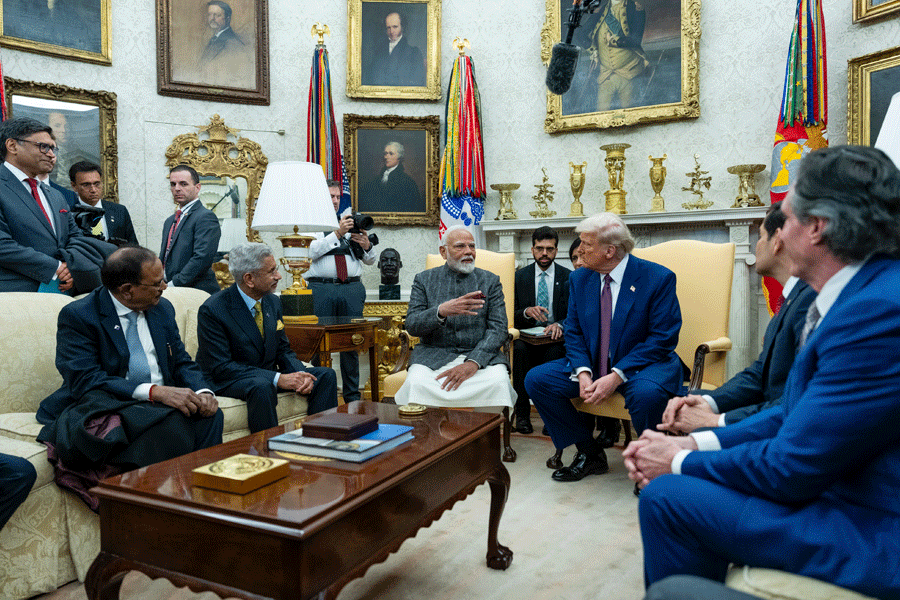We all know that gold exchange-traded funds (ETFs) have become a popular route for investments in the yellow metal. But when you have a dozen-odd gold ETFs and little to differentiate between them, how do you make a mark?
Well, the latest entrant, Motilal Oswal Mutual Fund, which launched its Motilal Oswal MOSt Shares Gold ETF recently, has chosen to do so by allowing investors the option of taking physical delivery of gold on redemption. It’s the first gold ETF to give this facility to investors. So on redeeming their units, investors can either take cash or take physical delivery of gold (of 99.5 per cent purity) in a minimum of 10gm gold bars in 22 cities across India.
“We have opened up the landed price of international gold to investors,” says Nitin Rakesh, managing director and CEO, Motilal Oswal Asset Management Company.
That’s because, he points out, that anyone wanting to buy gold can usually only buy it from a jeweller or bank. But while everyone sources the gold from the same mints internationally, by simply putting their brand on the gold, banks and jewellers charge a premium for it. For instance, if the landed price of gold in India is say, Rs 27,000 per 10gm, a buyer would typically pay Rs 32,000-Rs 33,000 for it.
“We’re saying that why should there be a 10 per cent - 20 per cent mark-up between the landed price of international gold and its retail price? So we’ve basically converted gold to a more efficient investment and consumption product,” says Rakesh.
The MOSt Gold ETF does levy a delivery charge for physical delivery of gold though. This is Rs 750 per 10gm of gold, Rs 250 per 100gm of gold and nil above 1,000gm. The fund has an expense ratio of 1.3 per cent.
Hemant Rustagi, CEO, Wiseinvest Advisors, says: “The MOSt fund does give an option to investors who’ve been saying that they’d like to get gold against their units.” Of course, this option may not matter to investors who’re looking at gold from purely an investment viewpoint and so wanting to ride its price momentum, he adds. But it could suit those who’re looking at accumulate gold for consumption.
Rustagi, however, cautions investors against “going overboard” on gold as an asset class. After all, the metal’s volatility can be punishing. For instance, while gold funds gave a return of 32 per cent for the one-year period ended March 26, 2012, the six-month return on the same date was minus 0.33 per cent.
Already, inflows into Indian gold ETFs have fallen in the last five months. Harish Galipelli, head, commodities and currency derivatives, JRG Wealth Management, expects gold to consolidate over the next year and to range between Rs 24,000 to Rs 35,000 levels. “It’s not a trending market. Gold has run up quite consistently over the last 10 years, so some correction is due,” he says. Adds JRG’s senior research analyst Tapan Trivedi: “Gold will be trending on the weaker side over the next three to six months so for the full year, the gains could be lower at 5 per cent to 10 per cent.”
By Aarti Dua











